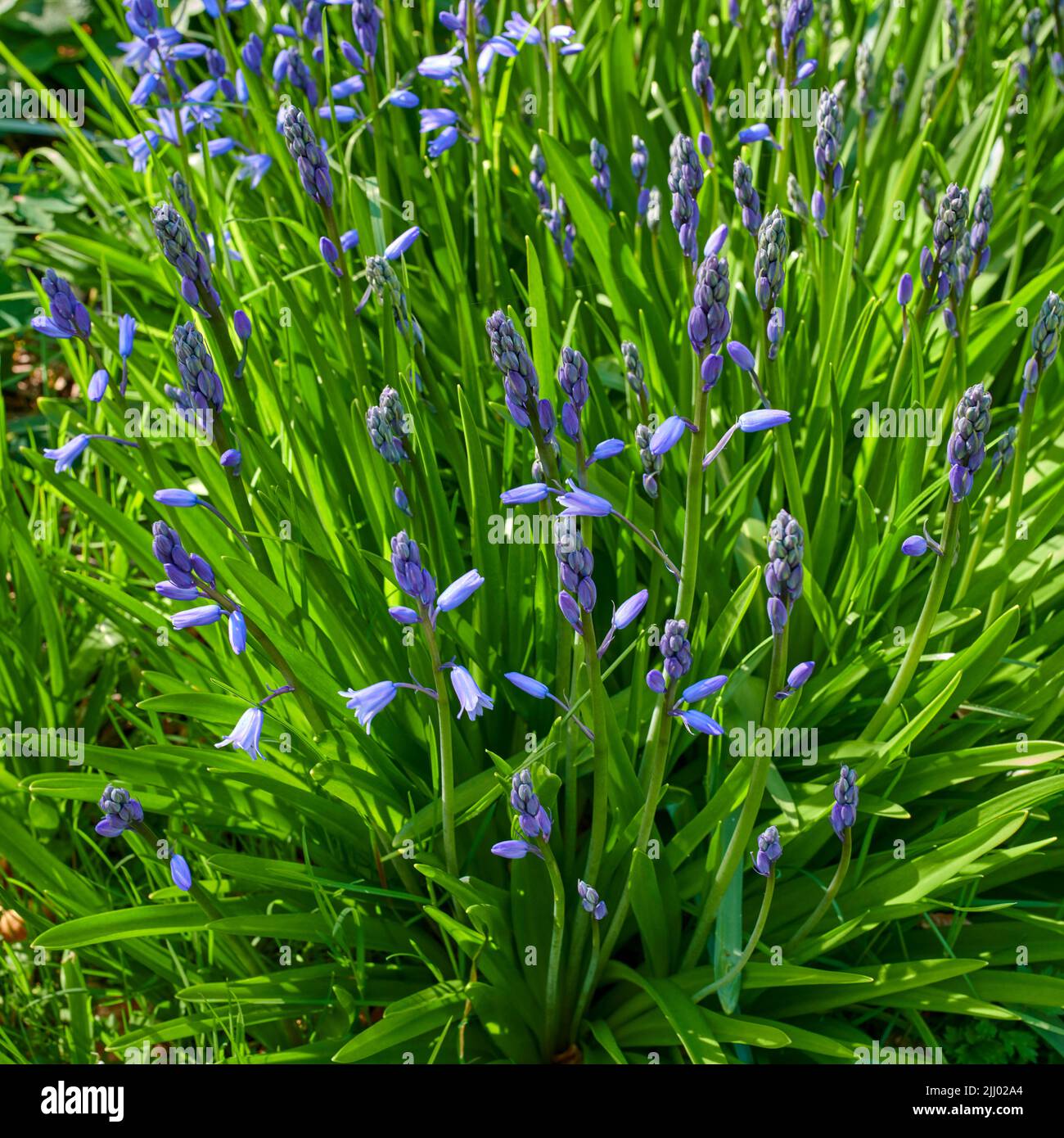
I have seen them creatively used in containers as well. Indigo is commonly used under our majestic live oaks and in shady courtyards. Just pick a shady spot in the garden, plant in a good garden soil rich in organic material, and enjoy. They are not prone to disease or insects either. They are not affected by soil alkalinity or acidity. To fertilize your Indigo, simply use any all-purpose fertilizer like “Growers Special” or, if you prefer, you can use a bloom boosting fertilizer like “Premium Bedding Plant Food” to really increase blossom production. Although regular watering is preferred, it is not necessary. Once established, they can withstand our harsh summer heat and are drought tolerant. Its blooms are self-flushing so there is no need to worry about deadheading.
#Indigo plant free#
Chinese Indigo is a deciduous plant so they will die back each winter after the first frost and re-emerge each spring with vigor.Ĭhinese Pink Indigo is virtually maintenance free botanically speaking.


The green foliage is accented by Wisteria-like blooms in mid-summer. This Indigo cultivar will grow 2-3 feet tall and wide and has a spreading habit. Wispy and whimsical, boasting delicate texture and dainty pink flowers each Summer, Chinese Indigo has much to offer in those hard-to-fill shady garden spots. Indigo is one of my favorite selections for shade gardens.


 0 kommentar(er)
0 kommentar(er)
